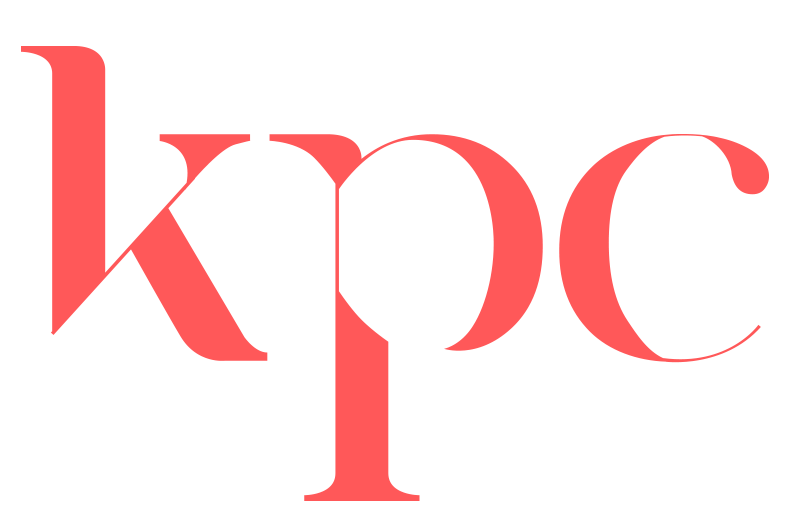Whether you’ve been tasked with the difficult endeavor of leading diversity initiatives within your workplace or are considering your options for bringing in an outside company for training, it’s important to understand the evolution this field has undergone within the past few years. As we discuss later in the article, sensitivity training has moved to the more inclusive and team-oriented practice of diversity training. It’s important to understand this move as it reflects the current best practices of implementing such initiatives. To help with this, we’ve curated the top three tips for making the transition from sensitivity to inclusion training in your business.
Tip 1: Sensitivity Training ≠ Diversity and Inclusion
The first step to reframing your company’s diversity efforts is simply understanding the differences between sensitivity training and inclusion training. We’ll start with a basic definition for each type of training:
- Sensitivity Training: a type of group training that focuses on helping organizational members become more aware of their own prejudices and more sensitive to others. Commonly compared to group psychotherapy, sensitivity training involves individuals sharing their emotions, personalities, and relationships with the goal of providing insight into their behavior and developing corrective emotional and behavioral actions.
- Diversity and Inclusion Training: a type of group training that focuses on providing the knowledge, skills, and tools for working with diverse teams to enhance performance and impact the bottom line. This type of training is a key component of a diversity and inclusion plan. Read more about cultural diversity here.
Sensitivity training is a great start to opening the dialogue of acceptance within the workplace. But as the competitive marketplace increasingly diversifies, modern businesses need to go a step further. We need to start framing diversity in terms of its inventiveness, imagination, and competitiveness to re-engage employees in organizational change. The new talent pool is looking for employers of choice who take a resolute stance of action to integrating diversity and inclusion in their company culture.

Tip 2: Make a Strategy and Implement It
 You understand that sensitivity training is not the same as diversity and inclusion training, so what’s the next step? With this knowledge as a foundation, it’s time to start building and implementing a diversity strategy within your workplace. To get started, model the four key components of an effective workplace diversity strategy:
You understand that sensitivity training is not the same as diversity and inclusion training, so what’s the next step? With this knowledge as a foundation, it’s time to start building and implementing a diversity strategy within your workplace. To get started, model the four key components of an effective workplace diversity strategy:
- Garner commitment from the c-suite
- Engage all employees in your efforts
- Target Key Performance Indicators (KPIs)
- Align efforts with company goals
To make sure your diversity strategy is fully flushed out and achievable, look into hiring an expert consultant who can ensure your efforts succeed. Not only will they help you create a customizable diversity and inclusion plan for your unique company, but they can also facilitate any training initiatives needed. From diversity activities that increase teamwork effectiveness, to executive coaching for upper management, K Parks Consulting provides difference makers who help your workplace superheroes create better together.
Tip 3: Audit your Efforts for Future Improvement
Once a year, at a minimum, analyze your KPI’s to see what results your efforts have secured. Did you reach your goals? If not, what barriers did you encounter? Also, talk to your employees and upper management about how they evaluated the program. Probe them about their experience and what improvements they could see in the future. You might even consider making or hiring an outside firm to create a customized assessment to identify the strengths and weaknesses of your program, close possible gaps, and track trends. A third-party consultant will be able to audit your program with less bias to make sure the future of your diversity efforts will flourish.
Follow KPC on Twitter at @kparksinc and on Facebook at KPC. Connect with the author, Kizzy M. Dominguez on LinkedIn.

